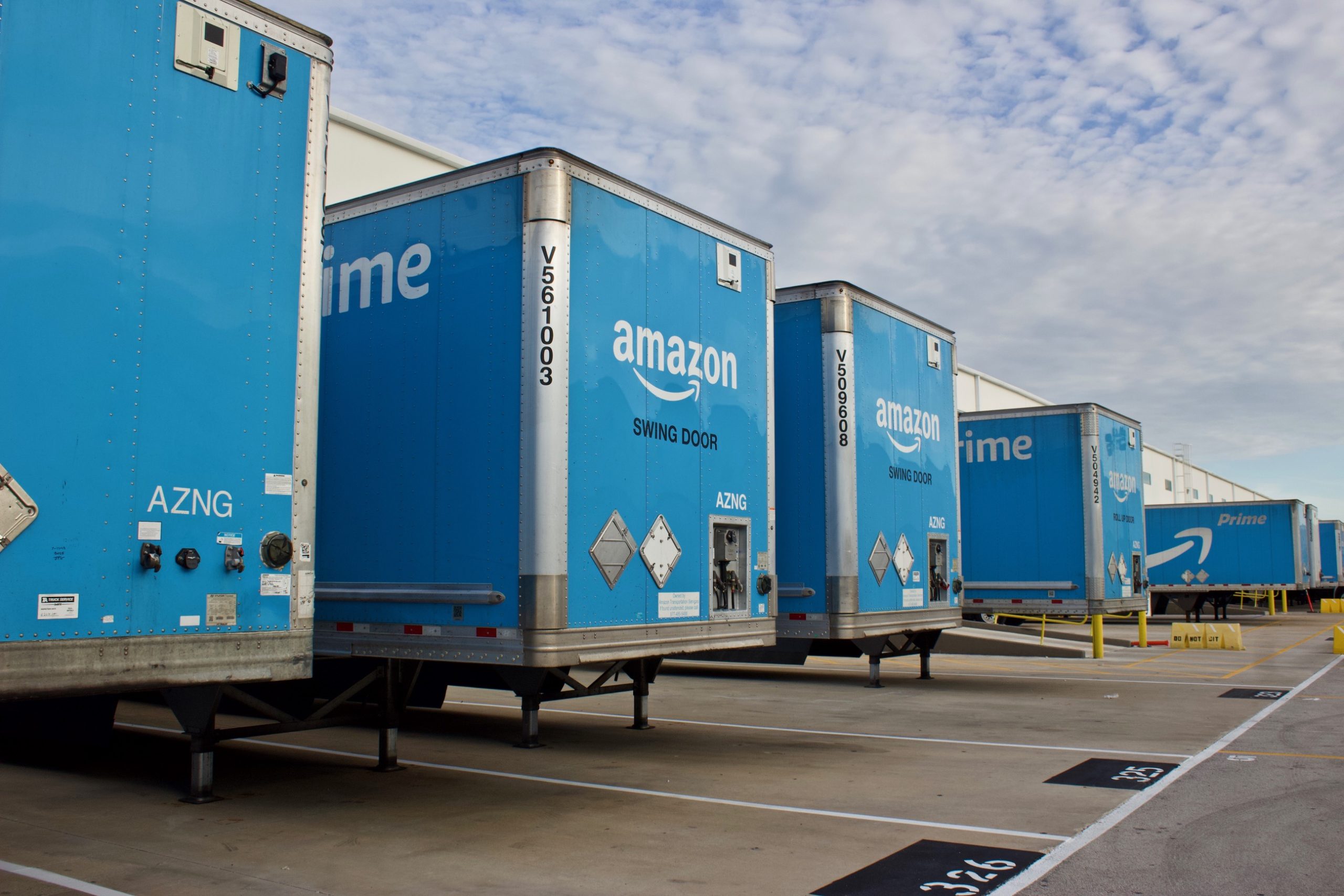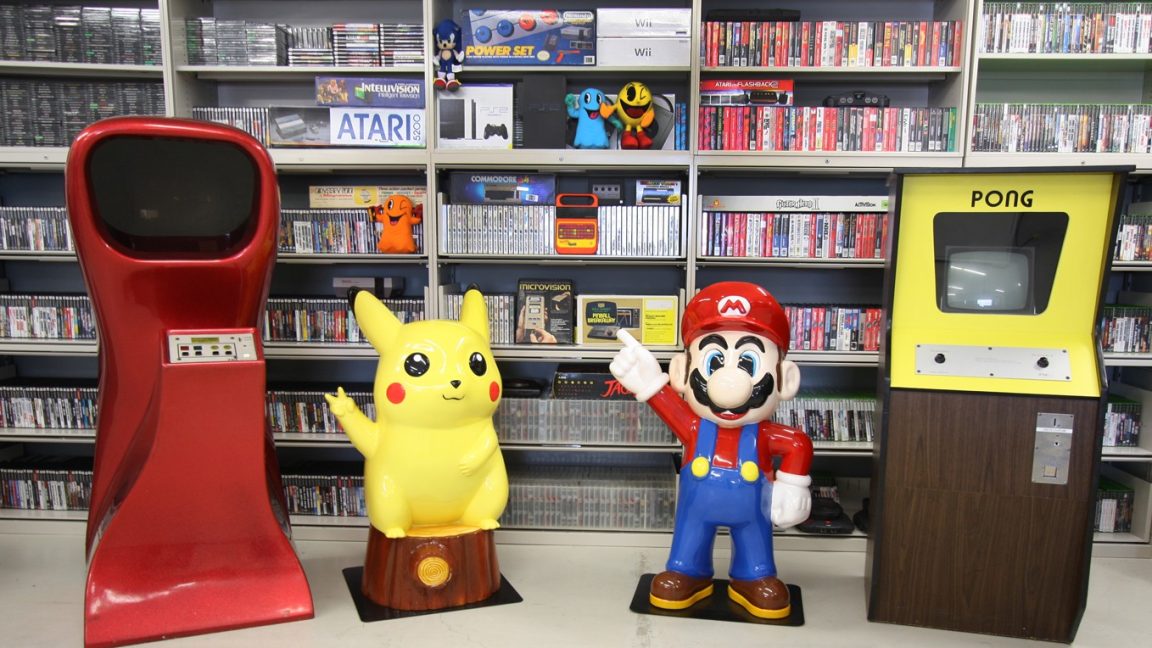Amazon "seized and destroyed" over 2 million counterfeit products that sellers sent to Amazon warehouses in 2020 and "blocked more than 10 billion suspected bad listings before they were published in our store," the company said in its first "Brand Protection Report."
In 2020, "we seized and destroyed more than 2 million products sent to our fulfillment centers and that we detected as counterfeit before being sent to a customer," Amazon's report said. "In cases where counterfeit products are in our fulfillment centers, we separate the inventory and destroy those products so they are not resold elsewhere in the supply chain," the report also said.
Third-party sellers can also ship products directly to consumers instead of using Amazon's shipping system. The 2 million fakes found in Amazon fulfillment centers would only account for counterfeit products from sellers using the "Fulfilled by Amazon" service.
The counterfeit problem got worse over the past year. "Throughout the pandemic, we've seen increased attempts by bad actors to commit fraud and offer counterfeit products," Amazon VP Dharmesh Mehta wrote in a blog post yesterday.
Counterfeiting is a longstanding problem on Amazon. Other problems on Amazon that harm consumers include the sale of dangerous products, fake reviews, defective third-party goods, and the passing of bribes from unscrupulous sellers to unscrupulous Amazon employees and contractors. One US appeals court ruled in 2019 that Amazon can be held responsible for defective third-party goods, but Amazon has won other similar cases. Amazon is again arguing that it should not be held liable for a defective third-party product in a case before the Texas Supreme Court that involves a severely injured toddler.
Amazon tries to reassure legit sellers
Amazon's new report was meant to reassure legitimate sellers that their products won't be counterfeited. While counterfeits remain a problem for unsuspecting Amazon customers, the e-commerce giant said that "fewer than 0.01 percent of all products sold on Amazon received a counterfeit complaint from customers" in 2020. Of course, people may buy and use counterfeit products without ever realizing they are fake or without reporting it to Amazon, so that percentage may not capture the extent of the problem. Amazon's report on counterfeits describes extensive systems and processes to determine which sellers can do business on Amazon. While Amazon has argued in court that it is not liable for what third parties sell on its platform, the company is monitoring sellers in an effort to maintain credibility with buyers and legitimate sellers. Amazon said it "invested over $700 million and employed more than 10,000 people to protect our store from fraud and abuse" in 2020, adding:We leverage a combination of advanced machine learning capabilities and expert human investigators to protect our store proactively from bad actors and bad products. We are constantly innovating to stay ahead of bad actors and their attempts to circumvent our controls. In 2020, we prevented over 6 million attempts to create new selling accounts, stopping bad actors before they published a single product for sale, and blocked more than 10 billion suspected bad listings before they were published in our store."This is an escalating battle with criminals that attempt to sell counterfeits, and the only way to permanently stop counterfeiters is to hold them accountable through litigation in the court system and through criminal prosecution," Amazon also said. "In 2020, we established a new Counterfeit Crimes Unit to build and refer cases to law enforcement, undertake independent investigations or joint investigations with brands, and pursue civil litigation against counterfeiters." Amazon said it now "report[s] all confirmed counterfeiters to law enforcement agencies in Canada, China, the European Union, UK, and US." Amazon also urged governments to "increase prosecution of counterfeiters, increase resources for law enforcement fighting counterfeiters, and incarcerate these criminals globally."


